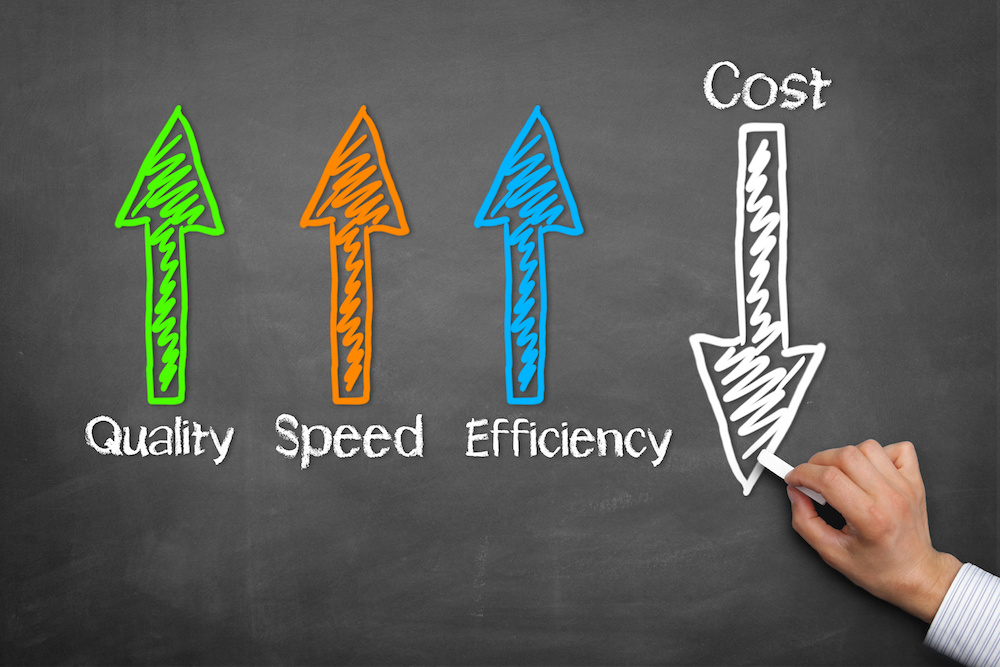Contact Center Unified Communications Building Blocks is the seventh in a series on Contact Center Unified Communications.
In past blogs in this series, we’ve looked at the best practices and challenges of Contact Center Unified Communications. Now we’ll take a look at the three contact center unified communications building blocks that will make your contact center get the benefits it should from your investment in it.
In looking at the study results we’ve been citing from Aberdeen Research, some key things we’ve learned are:
- Unified communications in the contact center delivers far-reaching results, such as improving agent efficiency and productivity, increasing customer satisfaction, and returning better financial performance.
- Poor communication and collaboration processes have a negative effect on the performance of agents in the contact center.
- Unified communications enables contact center agents to better deliver omnichannel interactions.
- Unified communications capabilities should be used to maximize agent performance, not just for the sake of using the technology.
The three contact center unified communications building blocks need to be understood with this information in mind.
#1: Make Unified Communications an Integral Part of the Agent Experience
The Aberdeen Research study shows that contact centers with integrated unified communications are two times more likely to enable their employees to communicate and collaborate in real-time to deliver seamless customer conversations. This means that agents can find all the information they need to support a great customer experience – real-time access to their colleagues, customer records, customer conversation history, etc. – all within one unified application.
Making unified communications an integral part of the agent experience means that whenever an agent is interacting with a customer, they can see which other agents, subject matter experts (SMEs), and supervisors are currently able to help with that customer’s question, and the channel(s) where they can be reached. Together team members can collaborate to satisfy the customer’s need.
The benefit of this first of contact center unified communications building blocks is to increase agent and team collaboration. Increased collaboration between agents and other groups in turn improves the contact center’s responsiveness to its customers.
#2: Unify Workflows Across Channels and Infuse With Data
The second building block of contact center unified communications revolves around improving agent productivity and effectiveness by unifying workflows across channels. The key to this contact center unified communications building block is giving the agent information in real-time regardless of whether they are on chat, email, the phone, or other channel. To properly leverage contact center unified communications processes and technology, you need to retain customer contact data when transferring customers. When agents have to hand off customer interactions to other agents, the agent on the receiving end needs to pick up the customer conversation where it left off, see past interactions with that customer on their screen across channels, and be able to ask other agents or team members questions in real-time. Contact centers with unified communications are 82% more likely to support this type of real-time information sharing when transferring customers.
This second contact center unified communications building block includes real-time information sharing, but also real-time decision making. This means giving agents real-time access to knowledge bases, online help guides, and other best practice documents and FAQs to help them decide how to best manage any given customer interaction. They also need real-time access to their counterparts, supervisors, and subject matter experts, in case they need to ask questions about a particular product, service, or issue. Contact centers with unified communications are 58% more likely to provide their agents this type of guidance.
The benefits of the second contact center unified communications building block include improving agent productivity, enhancing agent effectiveness across channels, and creating a consistent customer experience.
#3 : Monitor Communications for Quality and Performance
The third of the contact center unified communications building blocks is monitoring communications. A unified omnichannel contact center system provides you with real-time information and dashboards, which allow you to make informed decisions as you manage your channels. You get a unified view of agent qualitative and quantitative performance data across channels. As you monitor communications for quality and performance, you can make operational changes in real-time. You can monitor volumes and redirect traffic to different channels.
Real-time monitoring for quality and performance also means you can reassign agents as necessary, based on volumes and skills. You can change processes, workflows, and scripts whenever you see opportunities to improve performance. Contact centers with unified communications are twice as likely to provide contact center executives with real-time access to performance results and use unified communications to manage agent activities to attain their desired goals.
This third of contact center unified communications building blocks provides the benefit of empowering supervisors with data, focusing on continuous improvement, and rapidly identifying issues and opportunities.
The Three Contact Center Unified Communications Building Blocks Bring Multiple Benefits
In conclusion, there are three simple contact center unified communications building blocks:
- Make unified communications an integral part of the agent experience
- Unify workflows across channels and infuse with data
- Monitor communications for quality and performance
If you put these contact center unified communications building blocks in place in your contact center, your agents will have one application that provides them with the tools they need to support the customer within one application. Agents will be able to access customer information and communicate across channels with customers and colleagues, and that will be a consistent and unified experience for everyone. Your supervisors will be able to monitor all this contact center activity in real time, allowing them to identify issues, address them, and focus on continuously improving contact center performance.
With your agents and supervisors so empowered, your customers will enjoy an improved experience, with better first call resolution and customer satisfaction. This, in turn, will improve your bottom line and provide you with a return on your contact center unified communications investment.
In the next blog in this series, we will turn our attention to how you can use contact center unified communications to meet your company goals, and understanding what it takes to achieve success.
To learn more about the 2017 Aberdeen Group research “How to Maximize Customer Satisfaction: The Role of Communication & Collaboration:”
- Listen to the Aberdeen Research on-demand webinar The Business Value of Contact Center and UC Integration
- Download the Aberdeen Research Infographic Maximize Customer Satisfaction through Communication & Collaboration









